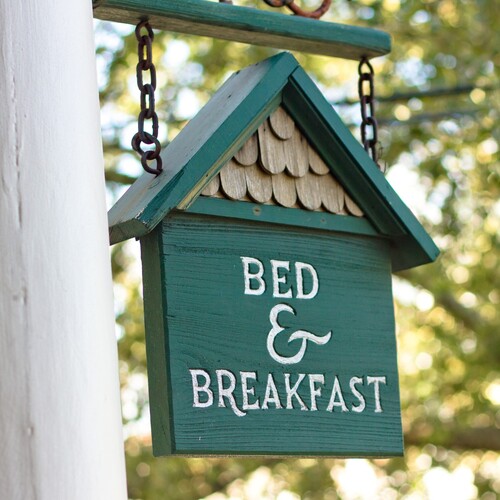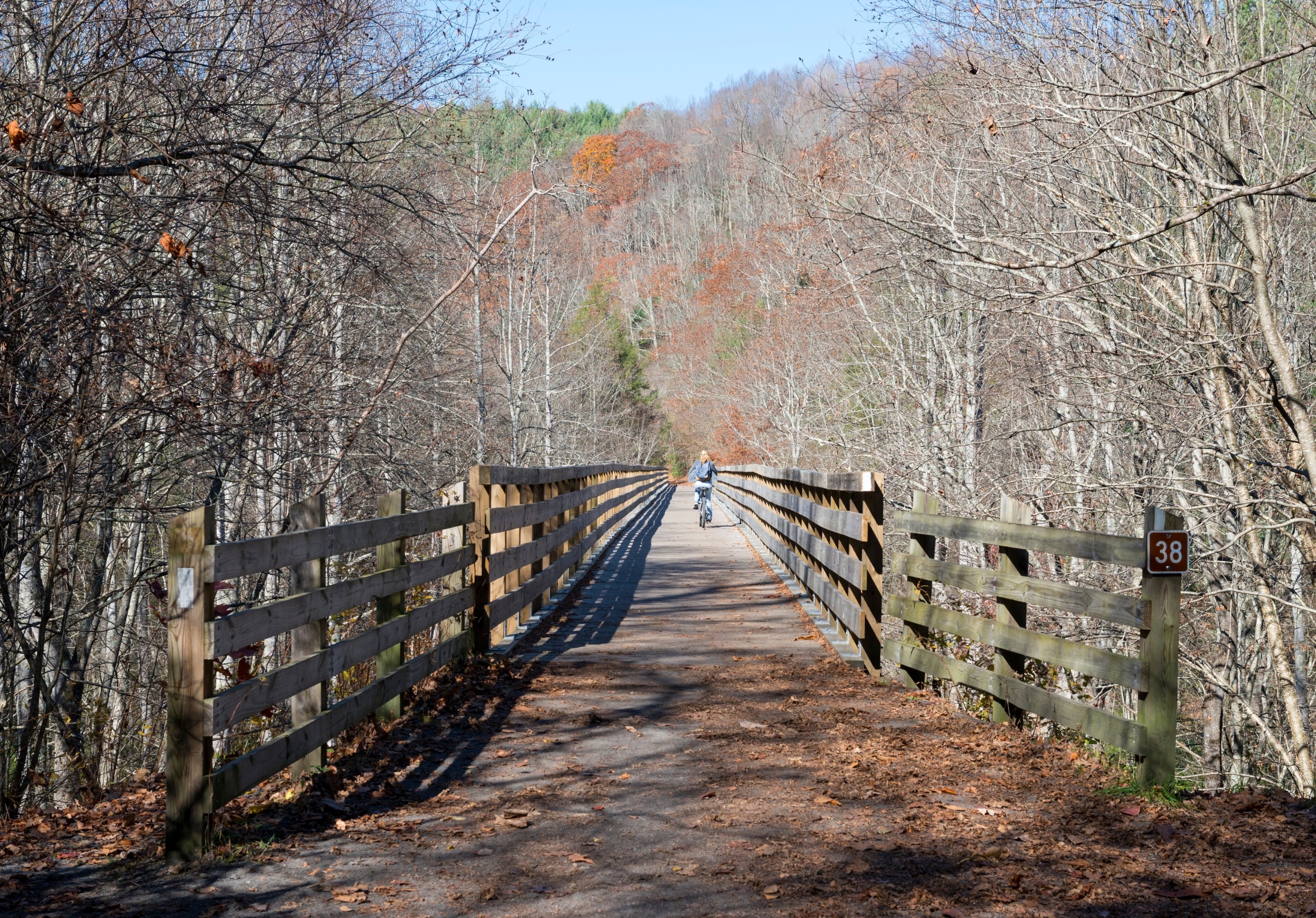

Currently, the Saluda Grade Trail coalition is working on an in-depth study of the economic potential of the Saluda Grade Trail—and how we can grow our local economy in ways that protect and enhance this region’s unique and special character. Even as we work to better understand the economic potential of this project, we can point to highly promising findings from earlier studies of the Saluda Grade Trail and rail trail success stories elsewhere in the Southeast.
Studying Economic Potential and Community Goals
The Saluda Grade Trail coalition has begun an in-depth economic impact and feasibility study of the Saluda Grade Trail project. The purpose is to understand how this trail could shape our local economies and how we can make that economic growth consistent with local goals and priorities. The study will also provide guidelines for how to implement the vision for the Saluda Grade Trail.
This study will involve extensive outreach to landowners along the trail and other stakeholders. We want to get their input on the opportunities and challenges presented by the trail, and approaches that will best meet the needs of the community.
2021 Saluda Grade Trail Economic Impact Study
In 2021, Spartanburg County commissioned an economic impact study of the proposed Saluda Grade Trail. This study found that the trail would be an economic engine in every stage of its development and a continual revenue generator for local businesses after the trail is built. This study found that:
- The trail’s initial construction could have $40-45.6 million in economic impact.
- Construction of new homes and businesses along the route could have $7.6 million in impact.
- Ongoing spending by trail users and businesses would generate $11 million in economic impact every year.
Rail Trail Success Stories in the Southeast
Other rails trails in the Southeast are outstanding success stories, leading to economic development that supports independent business and revitalizes historic downtowns. At the same time, rail trails provide impetus to conserve scenic rural landscapes, which are a big part of the draw for trail visitors.
- The Virginia Creeper Trail attracts 112,000 out-of-town visitors every year and 54,000 of those visitors spend at least one night.
- The Prisma Health Swamp Rabbit Trail in Greenville County, SC, saw 530,000 visitors in 2014, of whom almost a quarter came from outside the Upstate Area.
- The Northern Outer Banks Trail has up to $149 million in annual economic impact and provides between 1,400-3,500 jobs.

Economic Benefits of Four NC Greenways
A 2018 study by NC State University evaluated four multi-use paths, or greenways, across the state—the Brevard Greenway, Little Sugar Creek Greenway, American Tobacco Trail, and Duck Trail. This study concluded that every $1 spent on trail construction generates $1.72 every year in local business revenue, sales tax revenue, and other benefits related to health and transportation.
This study found that a one-time investment of $26.7 million in the four greenways, had a combined impact of:
- $19.4 million annually in sales at businesses along the trails
- $684,000 annually in sales and local tax revenue generated by local businesses
- $25.7 million annually in savings due to more physical activity, less congestion and pollution, and fewer traffic injuries
- $48.7 million in estimated business revenue from greenway construction.
.jpg)